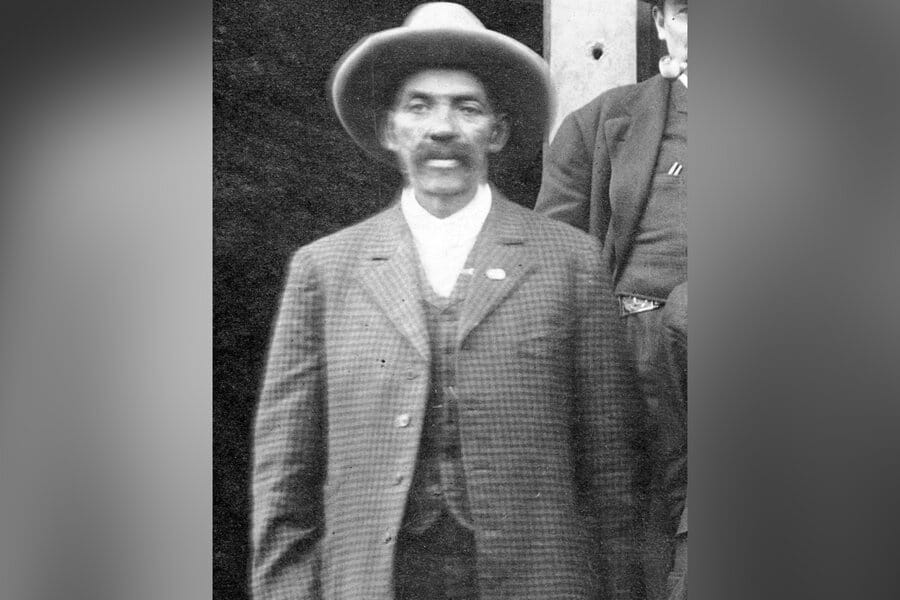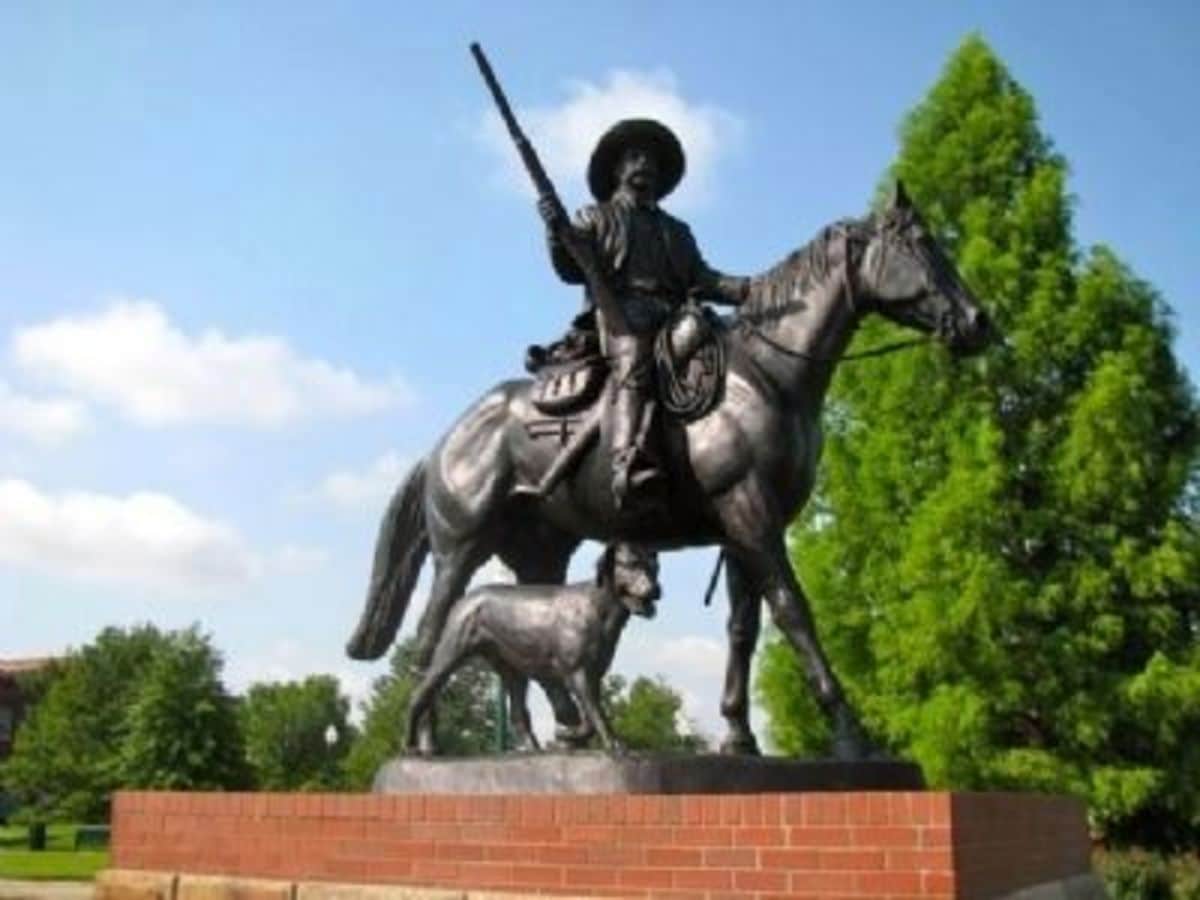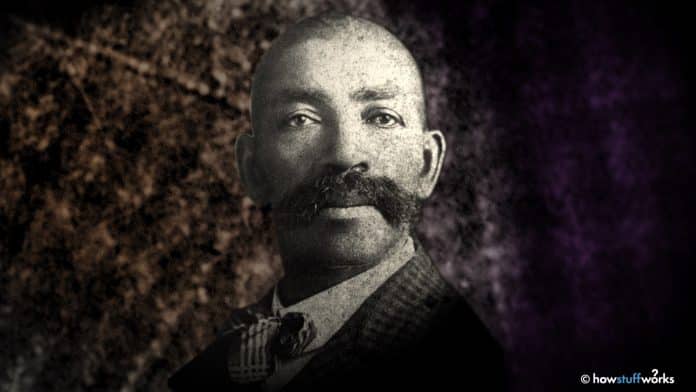1883 Season 2 “The Bass Reeves Story” Based on a True Story? Let’s find out. – Taylor Sheridan’s first season of 1883 followed James and Margaret Dutton and their children as they relocated to Montana in 1883, finally settling on the Yellowstone Ranch, which would later become the basis for the hit television series Yellowstone. The 10-episode first season wrapped up the first chapter of the Dutton family saga with sadness and renewal.
The year 1883, on the other hand, appears to have more adventures to tell, as Sheridan said that the series would be resumed, but with a new protagonist: real-life lawman Bass Reeves. Bass Reeves will be played by David Oyelowo in Season 2 of 1883, titled 1883: The Bass Reeves Story.
You’ve probably heard of Reeves, one of the most well-known figures from the Old West. His character has appeared in several other TV shows and films. He appears as a character in Wynonna Earp (played by Adrian Holmes) and DC’s Legends of Tomorrow (played by David Ramsey), as well as in Around the World in 80 Days (played by Gary Beadle), Watchmen, and Justified.
Reeves is played by Harry Lennix in the film They Die by Dawn. In the film The Harder They Fall, Delroy Lindo plays Reeves (2021). Who was this Bass Reeves, after all? And whether 1883 Season 2 is based on a true real story or not, let’s check out below.
Must Read: 1883 Season 2 Renewed: Release Date, Cast and Everything We Know

Is ‘1883’ Season 2 Based On a True Story?
Yes! Season 2 of 1883 is based on a TRUE Story. Bass Reeves was a law enforcement officer in the United States who served as the first black deputy US marshal west of the Mississippi River. He usually worked in the “most lethal” regions of Arkansas and Oklahoma Territory. Over the course of his long career, he arrested over 3,000 violent criminals, 14 of whom he shot and killed in self-defense. Reeves’ deadly talents with a handgun and a Winchester rifle were legendary.
Bass Reeves, a well-known lawman who may have been the inspiration for The Lone Ranger. Reeves was married twice and had eleven children. He married Nellie Jennie in 1864, and then Winnie Sumter after she died. His great-uncle, Paul L. Brady, was the first black person to be appointed as a federal administrative law judge in 1972. Ryan Reaves, an NHL player, is his great-great-great-grandson.

In the real-life story, who was Bass Reeves? What was Bass Reeves famous for?
In Crawford County, Arkansas, Reeves was born into slavery in 1838. Bass Washington, his grandfather, was his name. Arkansas state politician William Steele Reeves enslaved Reeves and his family. William Reeves relocated Bass to Grayson County, Texas, near Sherman in the Peters Colony, when he was eight years old (about 1846). Colonel George R. Reeves, William Steele Reeves’s son, was a Texas sheriff and legislator, and a one-time Speaker of the Texas House of Representatives until his death from rabies in 1882.
Reeves grew into a tall, robust man with a quick wit and a good reputation, eventually joining his owner’s son, George Reeves, in the Civil War. Reeves sought refuge with a number of Native American tribes, eventually learning their language, customs, and tracking skills and becoming a frontiersman. In 1875, Isaac Parker was appointed as a federal judge for the Indian Territory.
Reeves and his family were farmers at the time. Parker appointed James F. Fagan as United States Marshal and instructed him to hire 200 individuals to assist him in his duties. Reeves, who understood the Territory and spoke numerous Native languages, had been mentioned to Fagan. He was hired by him as a deputy. Reeves was the first African-American deputy sheriff to work west of the Mississippi.
This occurred during the Westward Expansion when settlers traveled through the wilds of what was then known as Indian Territory, which had become a lawless haven for outlaws seeking a haven from the law. As a result, Reeves never went without work. Reeves was well-dressed, wearing a huge hat and polished boots, and while riding his white horse, he cut a striking figure. Reeves was a rapid draw with two Colt revolvers with pistol grips facing out. He was also known for being a master of disguises, which he used to help him catch his targets.
For 32 years, Reeves worked as a federal peace officer in the Indian Territory. During that period, he became one of Judge Parker’s most trusted deputies. Some of the most dangerous criminals of the day were apprehended by Reeves. He was never wounded, even though his cap and belt were both shot off. Throughout his career, he had a long list of daring, risky, and spectacular captures, including Bob Dozier, the Tom Story Gang, a Seminole criminal named Greenleaf, and a Cherokee bandit named Ned Christie, among others.
Benjamin “Bennie” Reeves was suspected of murdering his own wife in a jealous outburst, and Reeves had to put his own son in jail for murder. Despite the fact that the incident had deeply shocked and shaken Reeves, he felt that it was his responsibility to bring Bennie to justice. On the other hand, Bennie was apprehended, put on trial, and convicted of guilt.
Before his sentence was commuted, he served 11 years at Fort Leavenworth in Kansas. According to reports, he lived out the remainder of his life as a good citizen. Reeves captured nearly 3,000 criminals during his career and shot and killed 14 men in the line of duty, all in self-defense. In 1907, Reeves resigned as a federal marshal and began working as a police officer in Muskogee, Oklahoma.

In 1909, he retired from the police force and died of Bright’s Disease in 1910.
Harold Holden, an Oklahoma sculptor, erected a bronze statue of Reeves in Pendergraft Park in Fort Smith, Arkansas, in May 2012. In 2013, he was inducted into the Texas Trail of Fame. The Bass Reeves Memorial Bridge, which spans the Arkansas River and connects Muskogee and Fort Gibson, Oklahoma, was dedicated in 2011.
According to Art Burton, Reeves was the inspiration for the Lone Ranger. Burton bases this assertion on the fact that Reeves caught a large number of people without causing major injury, and that many of them were incarcerated at the Detroit House of Correction, where WXYZ broadcasted Lone Ranger radio plays. This is debatable.
Bass Reeves’ Family: Wife and Children
Reeves had eleven children from two marriages. He married Nellie Jennie (d. 1896) in 1864 and Winnie Sumter (1900–1910) following her death. His children’s names were Newland, Benjamin, George, Lula, Robert, Sally, Edgar, Bass Jr., Harriet, Homer, and Alice.
He was the great uncle of Paul L. Brady, the first black federal administrative law judge, who was appointed in 1972. Ryan Reaves, a member of the National Hockey League, is his great-great-great-grandson.
Recommended: ‘1883’ To ‘Yellowstone’: Dutton Family Tree Explained














